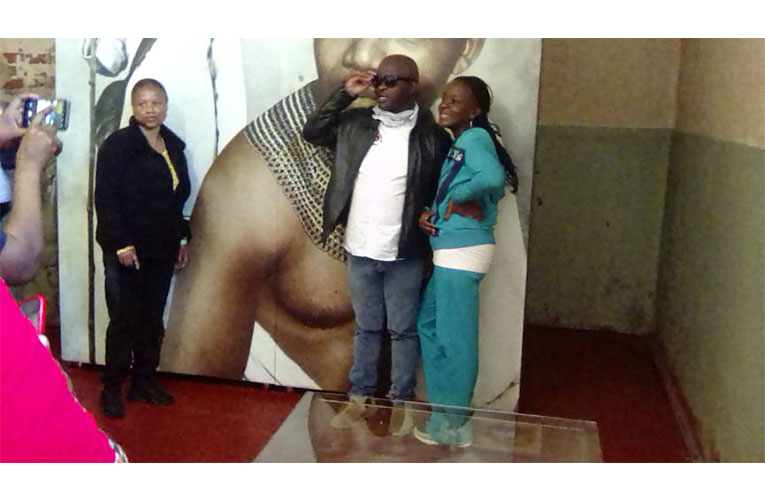Visiting Number Four at Con Hill on Freedom Day, , a place of pain and hope
By Edward Tsumele, CITYLIFE/ARTS Editor
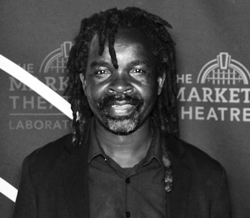
Yesterday Freedom Day, April 27, 2022, Constitution Hill in Hillbrow opened their gates to those curious to see what kind of history is stored in the rooms and walls of this historic museum. Management waived their normal fee for visitors to take an unguided tour of the precinct, including its infamous jails and the permanent exhibitions that are hosted there. This is a place that stores the pain of the past, and which was only put into the dust bin of history on 27 April, 1994.
That is when millions were able to vote together for the first time in the history of this country, ushering democracy that many had fought for, some paying the ultimate prize unfortunately. Yesterday it was exactly 28 years since that important day arrived in 1994. Both black and white lined up in one queue to vote, saying bye bye to a painful segregated past that the previous apartheid regime enforced for decades when they were in power. There was definitely a collective relief when democratically elected President Nelson Mandela was inaugurated as the first President of democratic South Africa.
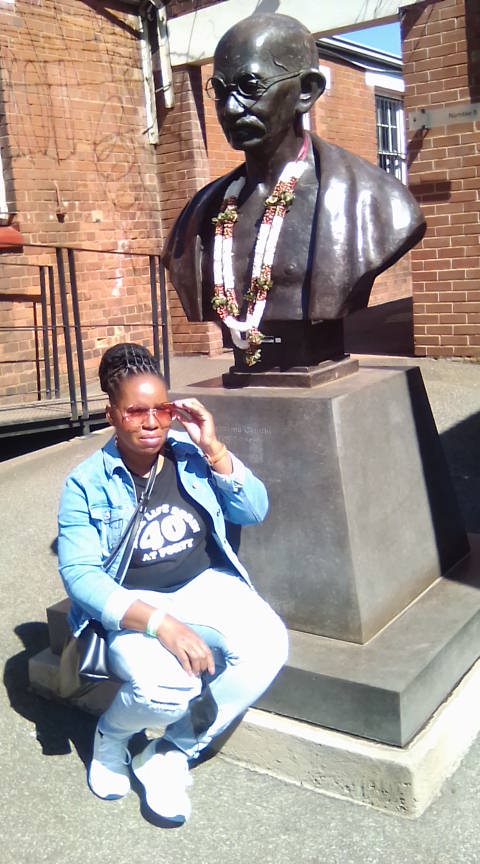
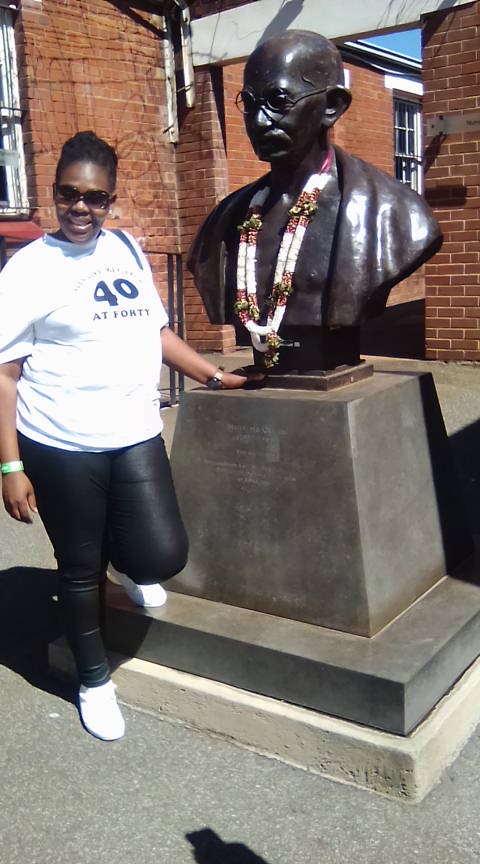
And quite ironically Mandela alongside others such as Mahatma Ghandi were incarcerated at notorious Number Four for their political activism, lumped in the same jail with common criminals, such as the notorious hand bag snatcher-turned murderer Jack Mabaso, among other common criminals that were once incarcerated there. The prisoners’ dignity was taken away, and ex prisoners that are still alive today tell vividly of the pain they suffered while there.
Yesterday I went to this place and found a number of people there as well. Most were locals who decided on a day like this, the best thing was not to listen to politicians, some of whom have long lost whatever credentials they had from the struggle, due to the crime of incumbency, to quote ANC policy guru Joel Netshitenzhe. As these former freedom fighters tested the trappings of power and access to resources, they have lost their way.
Even as they try to be relevant on this day by evoking the spirit of now dead leaders such as OR Tambo and Mandela, many in society can easily pick the futility of such evocation in the face of entrenched corrupt practices and patronage among their ranks. It is hard to convince a nation that is currently facing constant power disruptions and State capture that these former freedom fighters are still standing for the ideals that once drove them to pick up arms and fight the evil system
However where we are as a nation it becomes perhaps imperative for one to visit places such as Constitution Hill, just to remind one of where we came from and the promise once promised by the dawn of democracy.
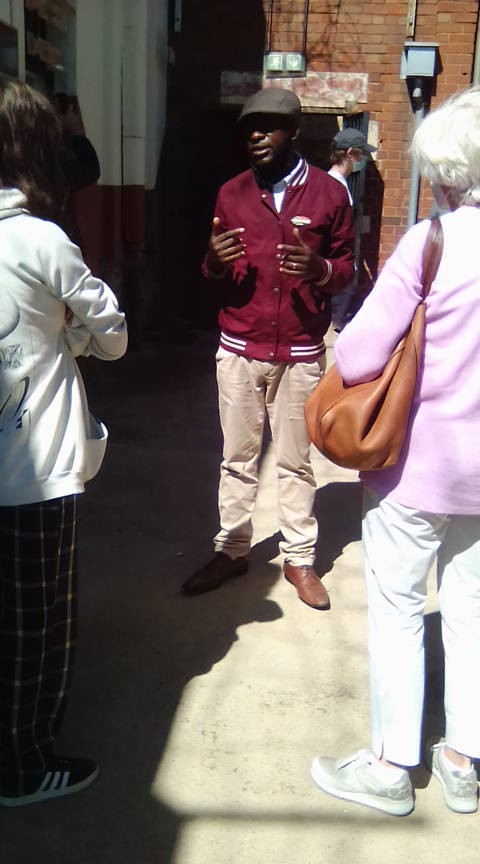
This is a place full of history and a place us joburgers, simply prefer to call Con Hill. Interestingly yesterday when I was there, seeing visitors, both locals and international tourists, I had a sense that despite all the current challenges to do with governance failures and corruption by former freedom leaders and top government officials now holding the levers of state and economic power, there was renewed buzz going on there, as the place keeps on reinventing itself.
In a way, it has to, because as the place stands today, it is not what it was more than 30 years ago. Then, it was a place of pain and suffering, a prison where those agitating for change and transformation of society were often jailed. After all this is where the notorious prison called Number Four used to be housed during apartheid, and freedom icons such as Gandhi, the late first President of a democratic South Africa, Mandela and others were once imprisoned, and so were women prisoners of the time such as the late Winnie Madikizela Mandela and others.
But Constitution Hill today, is a place of hope, transformation and where justice prevails as it is a home to interesting art ideas, concepts, artistic experimentation and where human rights and people’s dignities are protected, among several cool and important things happening at Con Hill.
The Highest Court in the land, the Constitutional Court is also housed on this hill, that sits awkwardly between Hillbrow on the East, Parktown on its Northern side and Braamfontein on its Western side. In fact some of the bricks that were used to buld the walls of the Constitutional Court building and the steps between the Court and the reception centre were salvaded from the demolished awaiting trial building of the past. The place however is so awkwardly geographically positioned to the extent that its location is awkwardly referred differently as a place in Hillbrow, in Braamfontein, or in Parktown. It really depends on the mood of the day or the person’s mood, where they decide to locate it. But it is there. It is here.
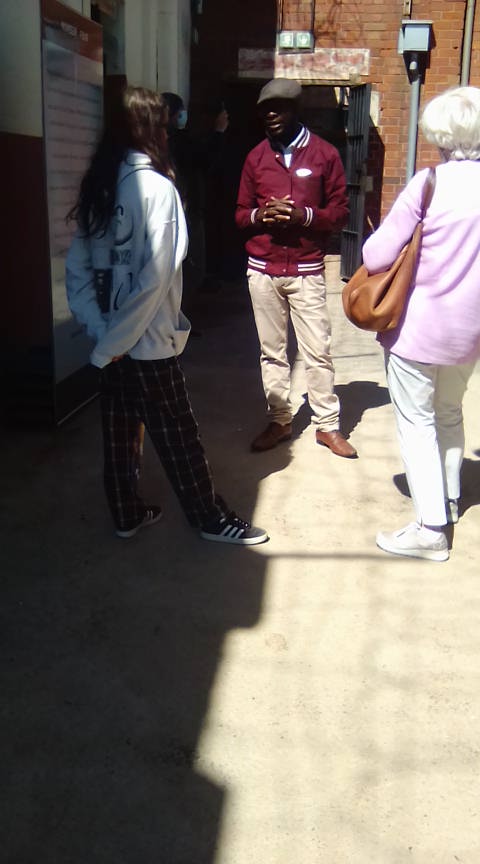
However you want to position Con Hill, the fact remains, and that is that, the Con Hill of today, owned by the Gauteng Provincial Government, is an important place to know, visit and reminisce about its past, the past of South Africa and its future as well. It is a place where the past lives side by side with the present as both elements are also important in forming its future. Philosophically, it is as awkward as its geographical position. I mean how does one place embrace an ugly future and at the same time meld that past with an uncertain present to create a promising future? But that is what Con Hill is today to most people that have visited it and got to understand the role it plays in the current South African socio-political context.
For example, is it in Hillbrow? Braamfontein? Parktown? Or philosophically, is its past as important as its present and future? In short, Con Hill is an interesting place to visit. It is an interesting political and philosophical construct in post apartheid South Africa.
Visit it to immerse oneself in its rich historical heritage where struggle heroes that contributed to what South Africa today were once imprisoned. And it is an interesting place to work at simply because the dream of a vibrant, culturally diverse South Africa also is also solidly etched in its walls, boulders and every single space you find here, including its former prison cells-turned into music studios and museums of politics.
Yesterday the many people I found there were attracted mostly by the permanent Mandela-Ghandi exhibition as they took turns to take selves next to the pictures of these two great men and the bust of Gandhi in the courtyard of the prison.










